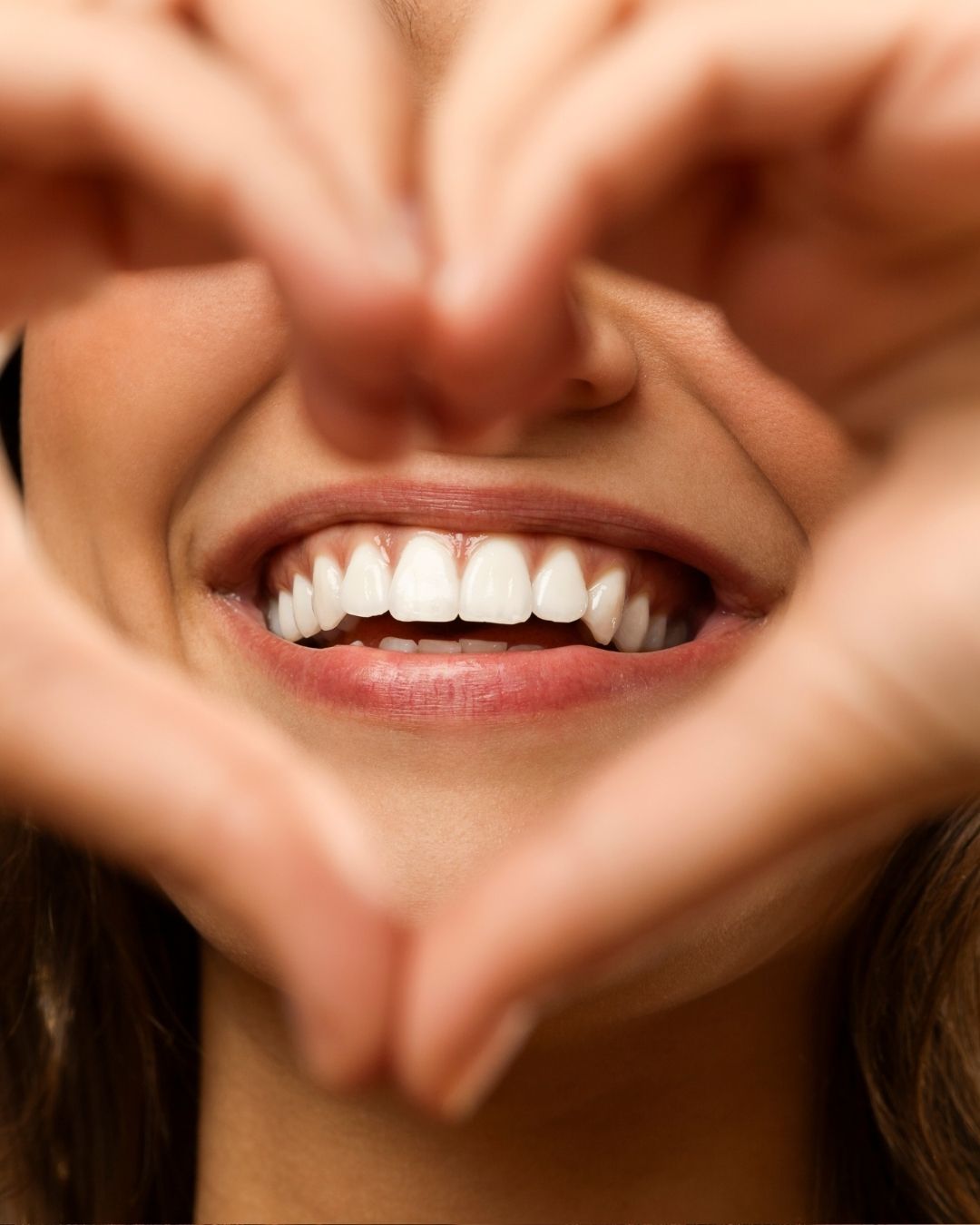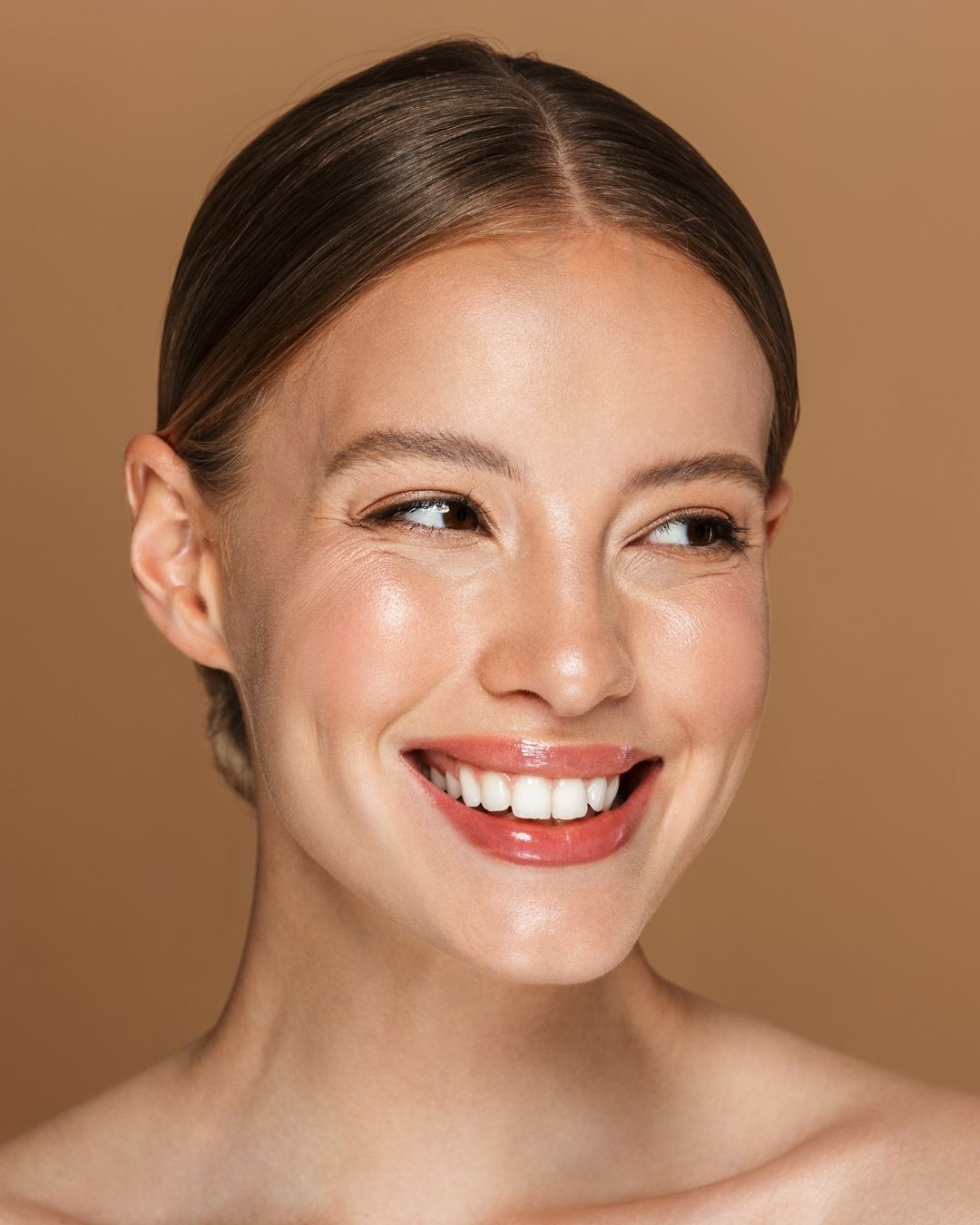How to Plan Smile Design Based on Face Shape?
In cosmetic dentistry, smile design is not limited to changing the shape and color of teeth. The person’s face type, lip structure, and overall facial aesthetics are also important parts of this process.
A smile design tailored to your face shape provides both a more natural and more aesthetic appearance.
Teeth Shapes According to Face Shape
Each face shape has its own unique contours, and teeth should complement these contours. For example, people with oval face shapes naturally achieve harmony with softer, rounded teeth, while individuals with square face shapes prefer more angular and defined tooth shapes. For long face shapes, wider teeth are aesthetically ideal to achieve balance.


The Importance of Lip and Jaw Structure
Teeth must be compatible not only with the face shape but also with the lip line. The ratio of teeth to lips during smiling plays a major role in aesthetic appearance. Jaw structure should also be considered in smile design. The harmony between the upper and lower jaws affects the determination of tooth length.
Custom Smile Design
A different approach is required for each individual in smile design. In addition to face type, the person’s character, age, and expectations are also included in the planning process. While bright and symmetrical teeth may be preferred for those who want a younger appearance, small asymmetries in the teeth can be preserved for those who want a natural look.
Digital Planning and Simulation
Today, thanks to digital technologies, smile design can be planned individually on a computer. With digital simulations, patients can see what their new smile will look like before starting treatment. This ensures that the smile best suited to the face type is designed more accurately and safely.


